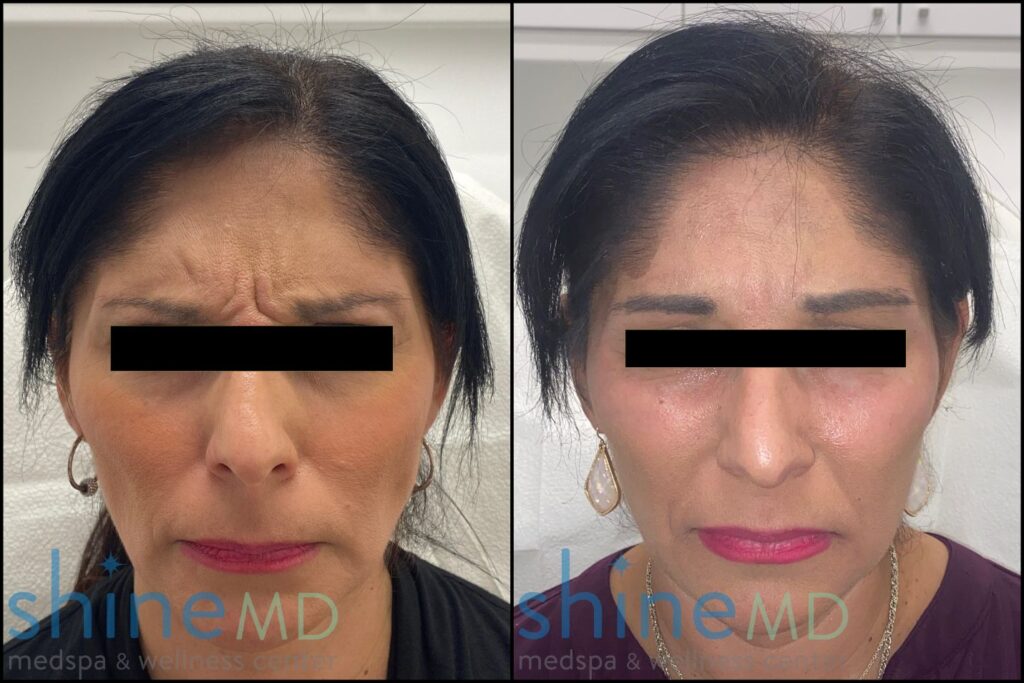request a consultation
 (832) 509-5099
(832) 509-5099
 (832) 509-5099
(832) 509-5099

The Patient received Botox on Glabella and forehead to decrease wrinkles. We had the patient frown for comparison on before and after photos!